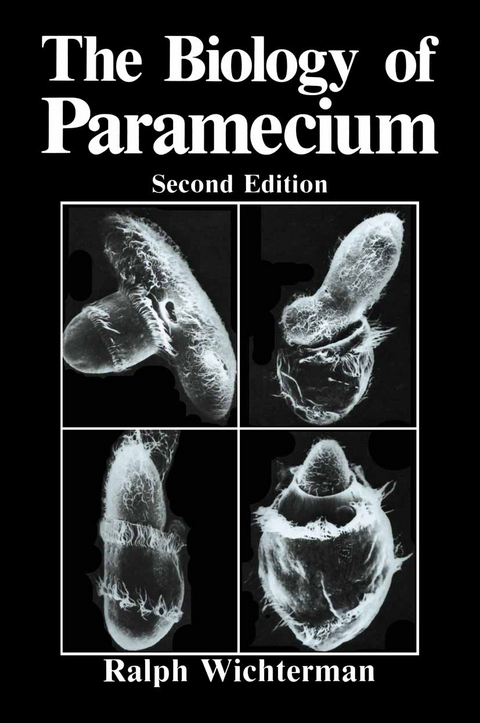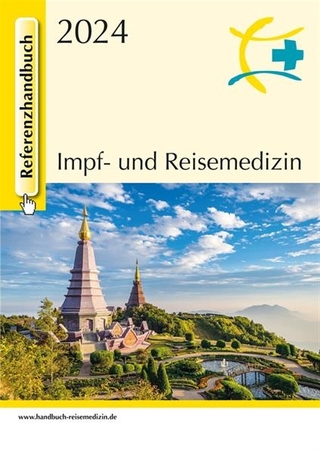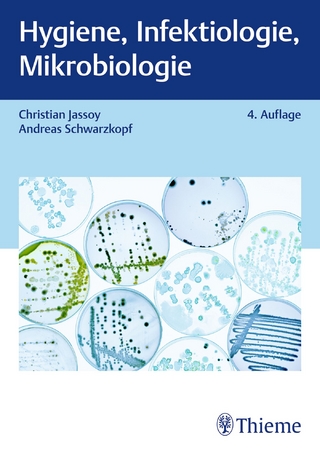
The Biology of Paramecium
Springer-Verlag New York Inc.
978-1-4757-0374-0 (ISBN)
1 Classification and Species of Paramecium.- A. Introduction.- B. Taxonomy.- C. Genus Characteristics Emend.- D. “Aurelia” and “Bursaria” Groups.- E. Key to the Common Weil-Defined Species of Paramecium.- F. Problems in the Systematics of Paramecium Species.- G. Descriptions of the Species of Paramecium.- 2 Morphology and Cytology of Paramecium.- A. Introduction.- B. Cortex: Pellicle, Ectoplasm, and Associated Structures.- C. Endoplasm: Organelles and Inclusions.- D. Nuclei.- 3 Physical and Chemical Properties of the Protoplasm of Paramecium.- A. Introduction.- B. Permeability and Membranes.- C. Effects of Temperature and Various Agents on Protoplasm of Paramecium.- D. Effects of Space Flights Aboard Soviet Orbital Station Salyut 6.- 4 The Nutritional Requirements of Paramecium: Axenic Media.- A. Introduction.- B. Essential Neutralities and Axenic Media for Various Species of Paramecium.- C. Concluding Remarks.- 5 Nutrition, Growth, and Respiration.- A. Introduction.- B. Ingestion and Food-Vacuole Formation.- C. Secretion, Digestion, and Egestion.- D. Growth and Morphogenesis.- E. Factors That Yield Optimal Growth.- F. Respiration.- 6 Movement, Behavior, and Motor Response.- A. Ciliary Movement and Locomotion.- B. Response to Various Types of Stimuli.- C. Behavior of Paramecium and the Question of Learning.- 7 Reproduction, Morphogenesis, Nuclear Processes, and Sexuality.- A. Asexual and Other Similar Processes Involving Nuclear Reorganization.- B. Sexual Processes and Related Phenomena.- 8 Genetics: The Mating Reaction, Mating Types, System of Breeding Relationships, and Inheritance in the Species of Paramecium.- A. Introduction.- B. Inheritance in Asexual or Vegetative Reproduction.- C. Mating, Mating Types, and Inheritance in Sexual Reproduction.- D. SomeAspects of the Mating Phenomenon and Characteristics of the Mating Substance.- E. Regeneration and Morphogenesis.- 9 The Life Cycle, Longevity, and Aging.- A. Background.- B. Isolation Cultures and Clonal Aging.- C. Longevity and Clonal Aging in Regard to Autogamy, Cytogamy, and Conjugation.- D. The Question of Cyst Formation in the Life Cycle.- 10 The Antigens of Paramecium.- A. Introduction.- B. Surface Antigens and the Immobilization Reaction.- C. Serological Studies on Speciation and Conjugation.- D. Genetic Analysis: Inheritance of Antigenic Variation and Regulation of Surface-Antigen Expression.- 11 Organisms Living in and upon Paramecium: The Endosymbionts.- A. Paramecia as a Source of Food for Metazoan Animals: Their Role in the Food Chain in Nature.- B. Associations of Paramecium with Other Microorganisms.- C. Evolution of Endosymbionts of Paramecium.- References and Bibliography.
| Zusatzinfo | 141 Illustrations, black and white; XIX, 599 p. 141 illus. |
|---|---|
| Verlagsort | New York, NY |
| Sprache | englisch |
| Maße | 152 x 229 mm |
| Themenwelt | Medizin / Pharmazie ► Medizinische Fachgebiete ► Mikrobiologie / Infektologie / Reisemedizin |
| Medizin / Pharmazie ► Studium | |
| Naturwissenschaften ► Biologie ► Botanik | |
| Naturwissenschaften ► Biologie ► Evolution | |
| Naturwissenschaften ► Biologie ► Mikrobiologie / Immunologie | |
| Naturwissenschaften ► Biologie ► Ökologie / Naturschutz | |
| Naturwissenschaften ► Biologie ► Zoologie | |
| ISBN-10 | 1-4757-0374-0 / 1475703740 |
| ISBN-13 | 978-1-4757-0374-0 / 9781475703740 |
| Zustand | Neuware |
| Haben Sie eine Frage zum Produkt? |
aus dem Bereich


